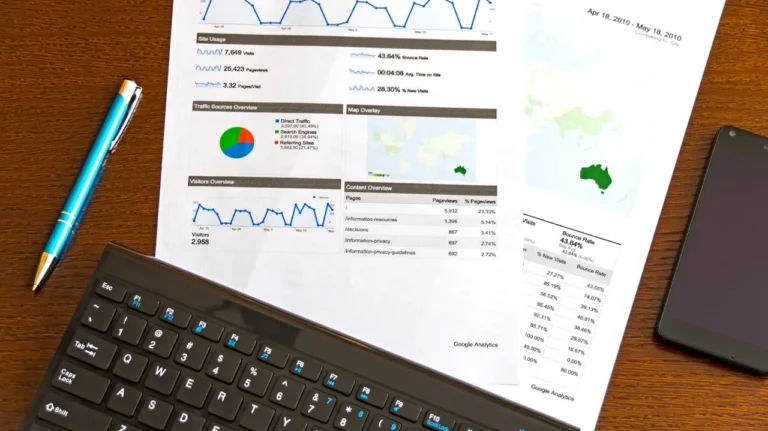
In July 2024, total new-vehicle sales, encompassing both retail and non-retail transactions, are forecasted to reach 1,340,500 units, reflecting a 2.8% increase compared to July 2023, according to a collaborative forecast by J.D. Power and GlobalData. The month will have 25 selling days, matching July 2023.
The seasonally adjusted annualized rate (SAAR) for new-vehicle sales is anticipated to be 16.7 million units, a 0.7 million unit increase from July 2023 and the highest rate in over three years.
Retail Sales Forecast
Retail sales of new vehicles are projected to rise in July 2024, reaching 1,135,300 units—a 5% increase from the previous year.
Key Insights
Thomas King, president of the data and analytics division at J.D. Power, notes:
“While the headline sales figures are impressive, they are somewhat inflated due to sales that were delayed from June because of software outages that hampered many dealers’ transaction processing capabilities.
“July’s sales pace would be even stronger if not for various factors impacting consumer demand. Although dealer and OEM discounts have increased from June, the growth has been modest compared to typical July trends when manufacturers usually ramp up discounts on older model-year vehicles.
“Moreover, the industry is contending with the effects of reduced leasing from three years ago, resulting in fewer lessees returning to dealerships for new leases or purchases. Lease expirations decreased by 7.5% in July compared to June, following a 14.4% decline from May to June. This reduction limits opportunities for new lease sales.
“After a period of rising new-vehicle inventory on dealer lots, which expanded consumer choices, inventory has declined by 6.7% from the end of June, primarily due to the transition to the 2025 model year. By the end of the month, retail inventory is expected to be around 1.6 million units, a drop from recent months but still a 32.5% increase from July 2023.”
The average retail transaction price for new vehicles is trending downwards compared to last year due to higher manufacturer incentives, larger retailer discounts, and an increase in the availability of lower-priced models. Transaction prices are expected to average $44,271—a decrease of $1,166 or 2.6% from July 2023. Despite this, buyers are projected to spend nearly $47.8 billion on new vehicles this month, a 3% increase from July 2023 and the second-highest July spending on record.
Retailer Profits
Total retailer profit per unit, including vehicle gross and finance and insurance income, is forecasted to be $2,298, down 33% from July 2023. This decline is mainly attributed to rising inventory and a decrease in vehicles sold above the manufacturer’s suggested retail price (MSRP). So far in July, only 14.5% of new vehicles have been sold above MSRP, compared to 32.4% in July 2023.
Total aggregate retailer profit from new-vehicle sales for July is expected to be $2.5 billion, down 29.2% from the previous year.
“Increased inventory means fewer vehicles are pre-sold, with more shoppers buying directly from dealer lots. J.D. Power forecasts that 32.3% of vehicles will sell within 10 days of arrival at the dealership, a decrease from a peak of 58% in March 2022. The average time a new vehicle stays on the lot before being sold is expected to be 47 days, up from 29 days last year.
Incentives and Leasing
Manufacturer discounts are rising, with the average incentive per vehicle increasing by 52.1% from July 2023 to an anticipated $2,892. Incentive spending as a percentage of MSRP is currently 5.9%, up 1.9 percentage points from a year ago and increasing by $197 per unit from June 2024.
Higher incentive spending is partly driven by increased lease deals, which have risen from last year. Leasing is expected to account for 23.7% of retail sales this month, up 4 percentage points from July 2023.
Financing and Used Vehicles
Average monthly finance payments are projected to be $727, up $5 from July 2023, with the average interest rate for new-vehicle loans remaining steady at 6.90%.
Average used-vehicle retail prices are expected to be $28,070, reflecting a 5.4% decrease or $1,601 drop from a year ago. This decline is leading to lower trade-in equity, now trending at $7,809, down $1,118 from the previous year.
Looking Ahead
The Labor Day weekend this year will fall within the August sales reporting period. Historically, this weekend is one of the biggest sales events of the year and usually falls within September’s reporting. August results are expected to be unusually strong, potentially skewing typical year-over-year comparisons. The key question will be how manufacturers and dealers leverage the elevated shopping activity with aggressive discounts. Historically, Labor Day offers excellent opportunities for deals on prior model-year vehicles.







